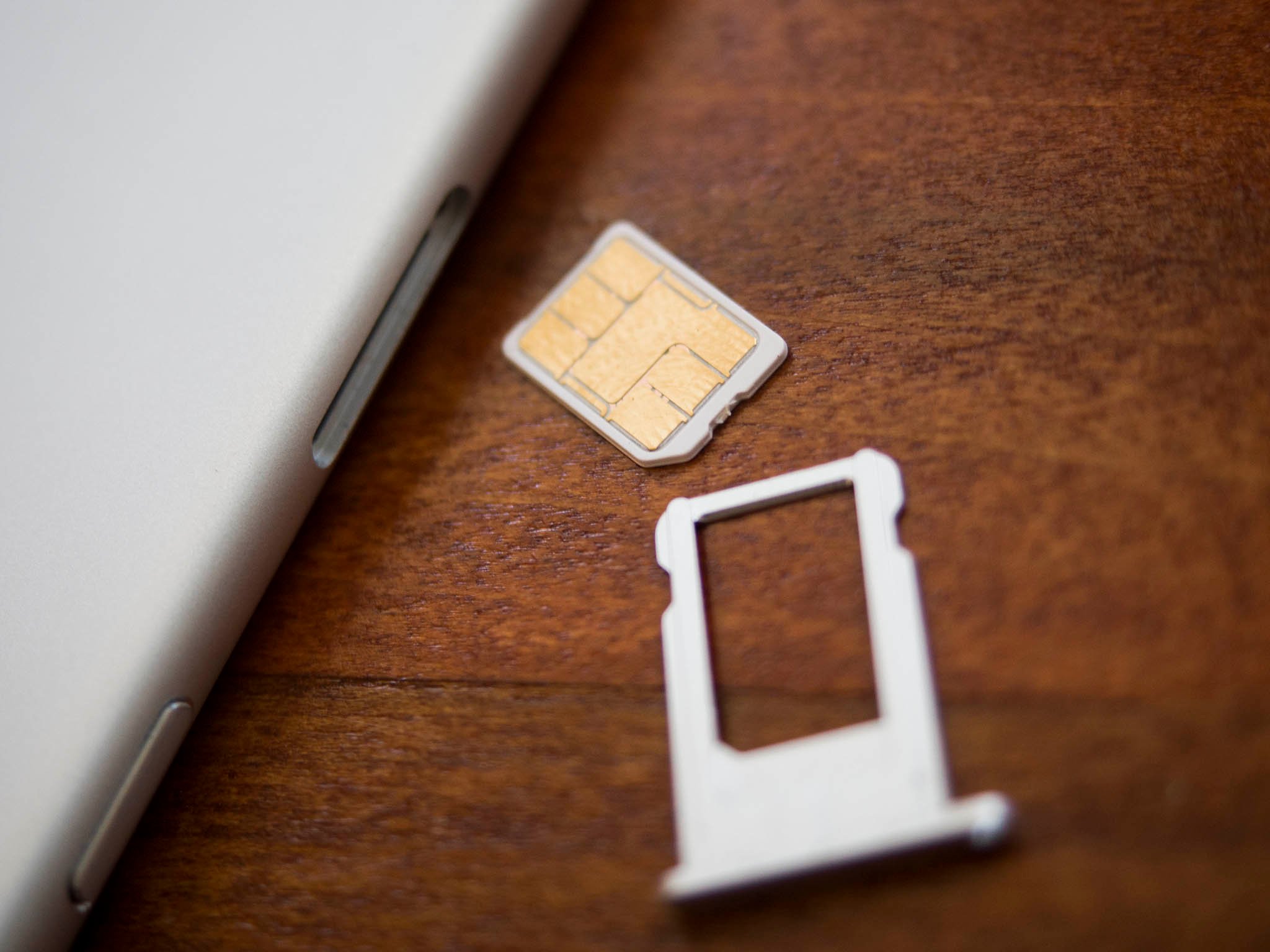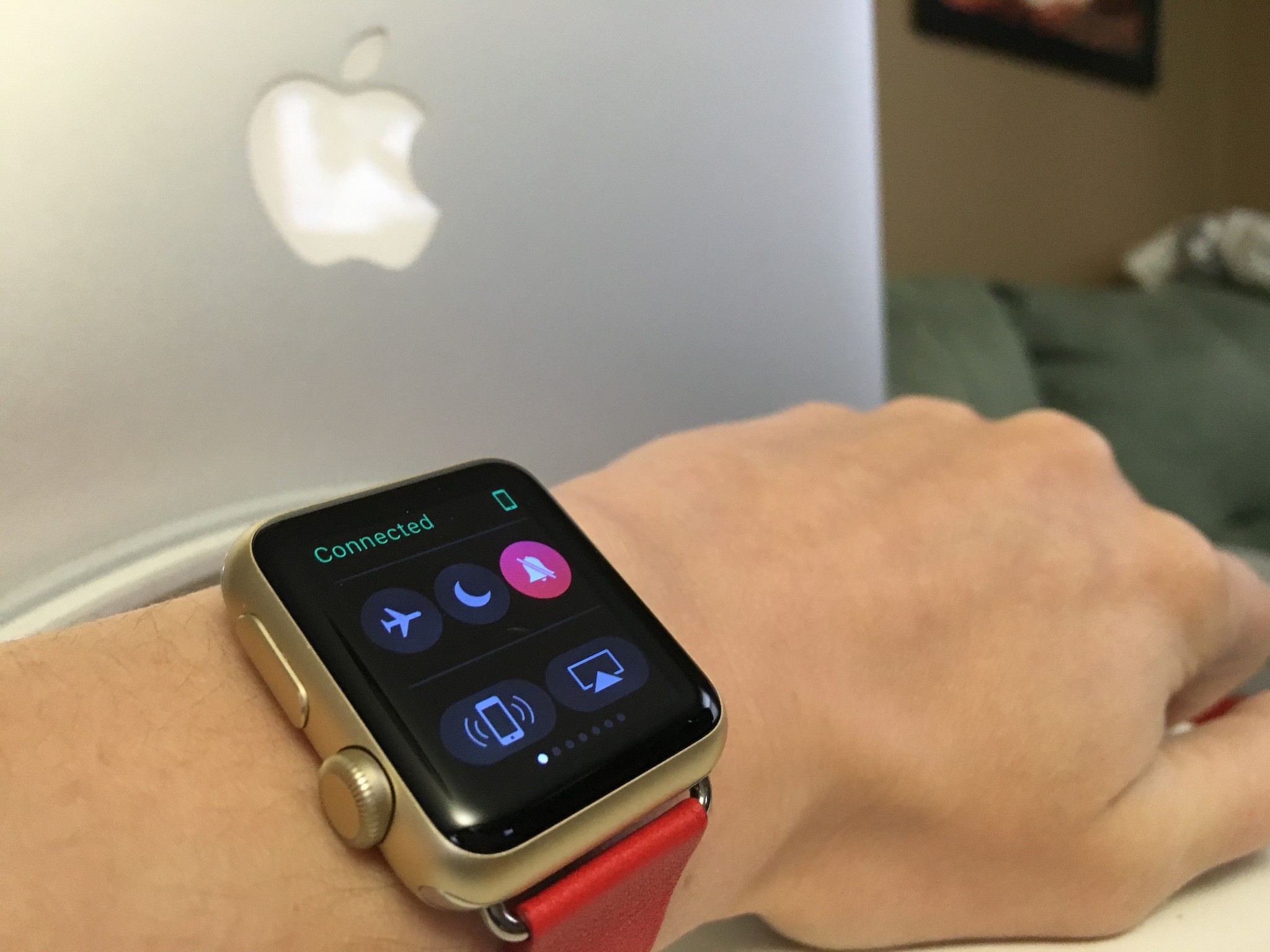![]()
Bell, Rogers, Telus, and more! — How to pick the perfect Canadian iPhone carrier for you!
There are nearly a dozen carriers on tips of Canadians' tongues — Rogers, Bell, Telus and their flankers, Fido, Virgin Mobile, Koodo; regionals like SaskTel, MTS, Videotron, Eastlink; and national upstarts like Wind — but in many cases there are very few ways to differentiate them.
The Canadian mobile market can be defined using two simple words: fast, and expensive. We have some of the consistently fastest networks outside of Asia, with providers adopting standards like LTE-Advanced and Voice Over LTE before those in the U.S. and Europe. But we also pay a premium for that privilege, resulting in some of the highest average revenue per user (ARPU) per carrier in the the world.
As much as Canadians complain about their telecom providers, a growing number are spending an increasing amount of their devices. Basically, we're all addicts, and the telcos are our dealers. So if you're going to go with one, which one should it be, iPhone users? We've got the scoop.
Bell
Canada's Big Blue, Bell is one of the oldest mobile providers in the country. After transitioning from CDMA technology to a more modern HSPA+ network in 2009, Bell launched its LTE network in late 2011.
Bell partners with Telus on the network side, which includes tower and equipment sharing in various parts of the country. Bell, however, has consistently outperformed both Rogers and Telus in recent speed tests, owing to its prodigious use of carrier aggregation.
Plan structure
For the iPhone, Bell uses a hybrid plan structure. Like all other carriers, Bell offers share plans, which allow users the choice of unlimited local or national calling and Canada-wide texting, and a data bucket that can be shared with up to nine additional people.
Sample plan for family with four iPhones (exc. Quebec, Manitoba, Saskatchewan)
- Unlimited nationwide calling and texting for account holder: $65
- 7GB of shareable data: $65
- Three more iPhones with unlimited nationwide calling: $65x3 = $195
- Total: $325 per month (plus tax)
Who should go for Bell?
Bell is a national carrier with coverage in every province and territory. It is also one of the only Canadian carriers with active towers in Canada's North.
Bell offers LTE-Advanced speeds, which are compatible with the latest-generation iPhones, in big cities in Ontario, British Columbia, Alberta, Nova Scotia, Prince Edward Island, and Newfoundland. Bell is also the only carrier in Canada to offer tri-carrier aggregation, which allows for speeds of up to 225Mbps with compatible devices.
Bell, which owns a number of media properties in Canada, such as CTV, offers 24-months of Mobile TV access when signing a two-year contract. It also owns CraveTV, a streaming service that exclusively licenses HBO and Showtime content.
While Bell isn't particularly well-known for its customer service, it has been trying to improve its reputation in recent years.
What to know: Bell also owns Virgin Mobile, which is aimed at a slightly younger demographic than its main brand. While Virgin Mobile uses the same network as Bell, it does not offer share plans, and occasionally has more competitive prices.
See the iPhone at Bell
Rogers
Rogers is the largest carrier in Canada, and possess the largest individually-built network (since Bell and Telus share significant portions of infrastructure). With over nine million customers, Rogers has struggled in recent years to maintain growth in the wireless space.
Rogers has the oldest relationship in Canada with Apple on the iPhone, since it was the only de facto GSM carrier when the iPhone 3G expanded beyond the U.S. in 2008. But since rivals Telus and Bell began selling the iPhone alongside the iPhone 3GS, Rogers has no distinct advantages for iPhone users beyond a strong network.
Under the guidance of CEO Guy Laurence, Rogers has revamped its customer service process, promising shorter wait times and more comprehensive, one-on-one support.
Rogers uses its media properties and partnerships to great effect, offering share plan customers the option of two years of either streaming music service Spotify, streaming video service Shomi, or all-you-can-read magazine service Texture. Rogers also offers competitive roaming rates with its Roam Like Home service.
Plan structure
Like Bell, Rogers uses a hybrid plan structure. It offers share plans, which allow users the choice of unlimited local or national calling and Canada-wide texting, and a data bucket that can be shared with up to nine additional people. It also offers non-share plans that aren't as generous on a per-gigabyte basis.
Sample plan for family with four iPhones (exc. Quebec, Manitoba, Saskatchewan)
- Unlimited nationwide calling, texting and 9GB data for account holder: $135
- Three more iPhones with unlimited nationwide calling: $65x3 = $195
- Total: $330 per month (plus tax)
iPhone prices include up to $600 in subsidy, which lowers by equal amounts over 24 months, which is required by the Wireless Code of Conduct. For example, an iPhone 6s costs $398.99 with a two-year agreement, or $899 outright. That difference, $500, is reduced by equal amounts (516 / 24 = 20.83) of $20.83 over two years. Customers canceling need to pay back the outstanding device balance.
Rogers also offers a $10 per month discount for customers purchasing their own iPhones and bringing them to the carrier, or under the Smart Tab brand, for spending more on their devices upfront.
Who should go for Rogers?
Rogers is a national carrier with coverage in every province and territory. It has historically fared strongest in Ontario and British Columbia, but offers at least 3G HSPA+ in provinces where it has partnerships with regional carriers such as SaskTel and Eastlink.
Wireless customers looking for strong, but not necessarily the fastest, LTE speeds in most of the country, plus a wide range of content add-ons, should look at Rogers. Rogers is currently the only carrier to offer Voice over LTE service on the iPhone, though that statistic may not last long.
What to know: Rogers also owns Fido, which is aimed at a younger millennial demographic than its parent company. It also forgoes shared data plans in favour of three tiers of plans that vary in price depending on the amount of subsidy included.
See the iPhone at Rogers
Telus
Telus has traditionally been strongest in Canada's western provinces of British Columbia and Alberta, but with its network partnership with Bell, has pivoted to being a viable national carrier. Telus has the second-highest number of subscribers in the country after Rogers, though it changes places with Bell every once in a while.
Telus tries to simplify its device and monthly plan prices by rounding up to the nearest hundred dollar — no $*.99. It has also taken a customer-friendly approach, in lieu of content partnerships, since the telco owns no media properties. For iPhone users, Telus is alone in offering in-house AppleCare+ at the same level as Apple itself, which means that anyone in the program can come to Telus for Genius Bar-like repairs and support.
Plan structure
Like Bell, Telus uses a hybrid plan structure. It offers share plans, which allow users the choice of unlimited local or national calling and Canada-wide texting, and a data bucket that can be shared with up to four additional people. In addition to unlimited nationwide and local calls, it offers a cheaper 300-minute calling tier. Telus is also more generous than Bell or Rogers in discounting customers who bring their own iPhones, offering a $15 per month discount compared to $10 on the other two.
Sample plan for family with four iPhones (exc. Quebec, Manitoba, Saskatchewan)
- Unlimited nationwide calling and texting for account holder: $65
- 7GB of shareable data: $65
- Three more iPhones with unlimited nationwide calling: $65x3 = $195
- Total: $325 per month (plus tax)
iPhone prices include up to $600 in subsidy, which lowers by equal amounts over 24 months, which is required by the Wireless Code of Conduct. For example, an iPhone 6s costs $300 with a two-year agreement, or $915 outright. That difference, $615, is reduced by equal amounts (615 / 24 = 25.63) of $25.63 over two years. Customers canceling need to pay back the outstanding device balance.
Who should go for Telus?
Telus doesn't offer the latest and greatest in technology — it has yet to launch tri-carrier aggregation (though it piggybacks off Bell's network in certain parts of the country) or Voice over LTE — but it does have some of the strongest customer service credentials around. It is also a preferred AppleCare+ partner, which is great for people buying extended warranties in cities where there aren't Apple Stores close by.
What to know: Telus also owns Koodo, which tries to be both a value brand and, like Fido and Virgin, a more youthful one. Koodo doesn't offer share plans, but it does have a simple financing system that separates the cost of the phone from the plan. As a result, monthly plans cost less because the cost of the phone is tacked, in 24 equal payments, to the price of the plan. Once the phone is paid off, the monthly plan drops accordingly. We wish more carriers would do this.
See the iPhone at Telus
Wind Mobile
Wind operates an 3G HSPA+ network in five major Canadian cities — Toronto, Ottawa, Edmonton, Calgary and Vancouver — and smaller ones in Ontario like London, Hamilton, Kingston and Windsor (and pockets in between).
What it lacks in connectivity speed, it makes up for in features and price. Wind Mobile, which was recently purchased by Shaw, says that it will launch its LTE network in late 2016 or early 2017, but in the meantime its prices are often half of what one would pay at one of the incumbents or their flanker brands.
Wind Mobile doesn't officially sell the iPhone, but users of unlocked iPhone 6 models and higher (and some later iPhone 5s models) can connect to the Wind network.
Plan structure
Wind Mobile offers plans between $25 and $50 per month that offer a variety of call, text and data options. The $50 per month plan includes unlimited talk, text and 8GB of data, plus 1GB of US roaming, international texting and calls to the US. It also offers a predictable tab experience (as of March 22nd, 2016) that lowers the cost of a phone by equal amounts until it is paid off in two years.
Who should go for Wind Mobile?
There are nearly 100,000 iPhone users on Wind even though the company doesn't officially sell the product. That's because it is an extremely good value, despite lower performance and persistent dead zones. Some customers love it, and Wind says that it is summarily improving its equipment city by city, beginning with Vancouver and Calgary and moving east.
What to know: It's unclear what's going to happen to Wind Mobile once it is fully subsumed by its now-parent, Shaw Communications. Many experts believe that Shaw will rebrand the service to something like Shaw Mobile, offering wireless service in places that it currently offers free Wi-Fi to its subscribers. It's possible Shaw will maintain Wind Mobile as a discount or value brand and launch its own LTE network in areas it has sufficient spectrum.
See BYOD at Wind Mobile
Videotron, MTS, SaskTel, Eastlink
These four regional carriers all sell the iPhone, and introduce significant competition in their respective provinces of Quebec, Manitoba, Saskatchewan and the Maritimes.
All of them operate LTE networks, either on their own (in the case of Eastlink and SaskTel), or in partnership with Rogers (Videotron and MTS). As a result, they all have roaming agreements with one or all of the incumbents for Extended Coverage, where they don't offer their own service.
Unlike Wind, which the incumbents Rogers, Bell and Telus don't consider a true competitor, the presence of the above regional carriers has a direct impact on the cost of monthly service in these provinces. Monthly plans in Manitoba and Saskatchewan are often 30 to 40% lower than in the rest of Canada; in Quebec, they are between 10 and 15% lower; and in the Maritimes, around five to 10% lower.
Who should go for Videotron?
Videotron has quickly become a force in Quebec, garnering nearly a million customers since its wireless service launched in 2009. Like Rogers, Bell and Telus, parent company Quebecor offers home television, internet and home phone service, so many of its customers are bundlers, but Videotron has been smart about undercutting the incumbents while systematically increasingly ARPU with compelling services. Recently, it launched Unlimited Music, which zero-rates popular music streaming services like Spotify and Deezer. And like Bell, Videotron offers streaming television through its Illico brand, which it bundles with some of its more expensive wireless plans.
Videotron also offers the iPhone series at different prices depending on a customer's monthly price spend. The higher the plan, the greater the subsidy.
See the iPhone at Videotron
Who should go for MTS or SaskTel?
Wireless customers that live in either Manitoba or Saskatchewan would do well to check out MTS or SaskTel, both of which offers fantastic LTE speeds and coverage in their respective provinces. Those who travel outside the province regularly, though, are at the whim of so-called Extended Service, and may not benefit as much from the carriers' lower prices. Since Rogers, Bell and Telus tend to match the regional carriers' prices in both provinces, choosing a carrier is more a matter of comfort than price.
Both MTS and SaskTel sell the iPhone at standard two-year contract prices.
See the iPhone at MTSSee the iPhone at SaskTel
Who should go for Eastlink?
Customers in New Brunswick, Newfoundland and Labrador, and Nova Scotia, along with parts of Eastern Quebec, could benefit from Eastlink's excellent LTE coverage and financing plans. Eastlink is the only carrier in Canada that offers true financing, which means that it sells every phone for free upfront, but amortizes the cost of the device over two years in 24 equal payments. American wireless customers know that this is not novel — nearly all of them have switched over in the past year — but in Canada, financing is still a novelty.
See the iPhone at Eastlink
So, which is the best carrier for iPhone?
- If you're after national coverage with the best customer service, Telus is the best carrier.
- If you're after national coverage with the fastest speeds and the newest LTE technology, Bell is the best carrier.
- If you're after national coverage with fast speeds, and lots of content bundling options, Rogers is the best carrier.
- If you're after national coverage at the lowest prices, Koodo is the best carrier.
- If you're after the lowest prices, period, Wind Mobile is the best carrier.
- And if you're satisfied with regional coverage, try Videotron, MTS, SaskTel or Eastlink, which are often cheaper than the incumbents.
tl;dr: There are no bad carriers for the iPhone, but Canadians should do some research before deciding which one is right for them.









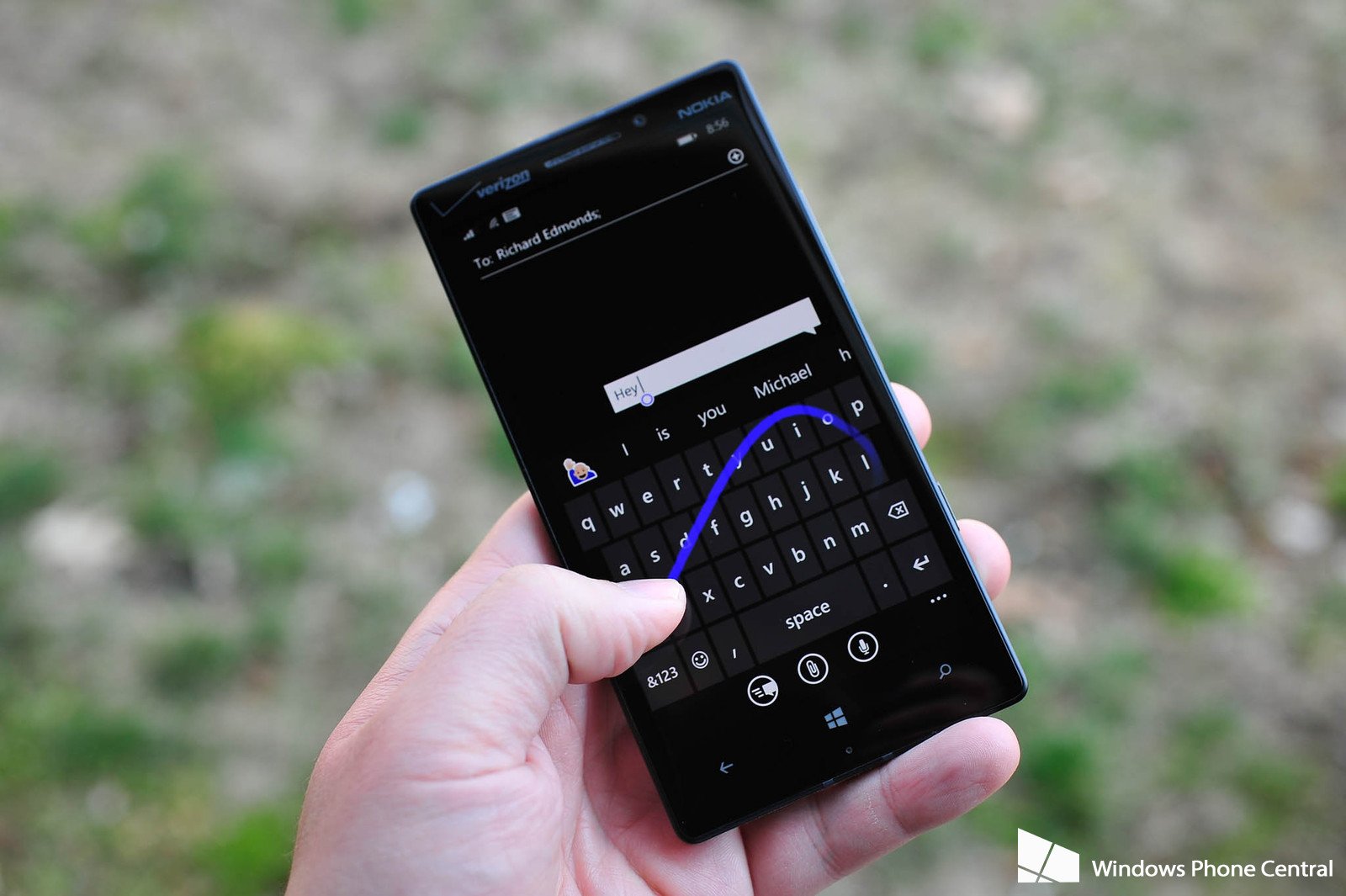
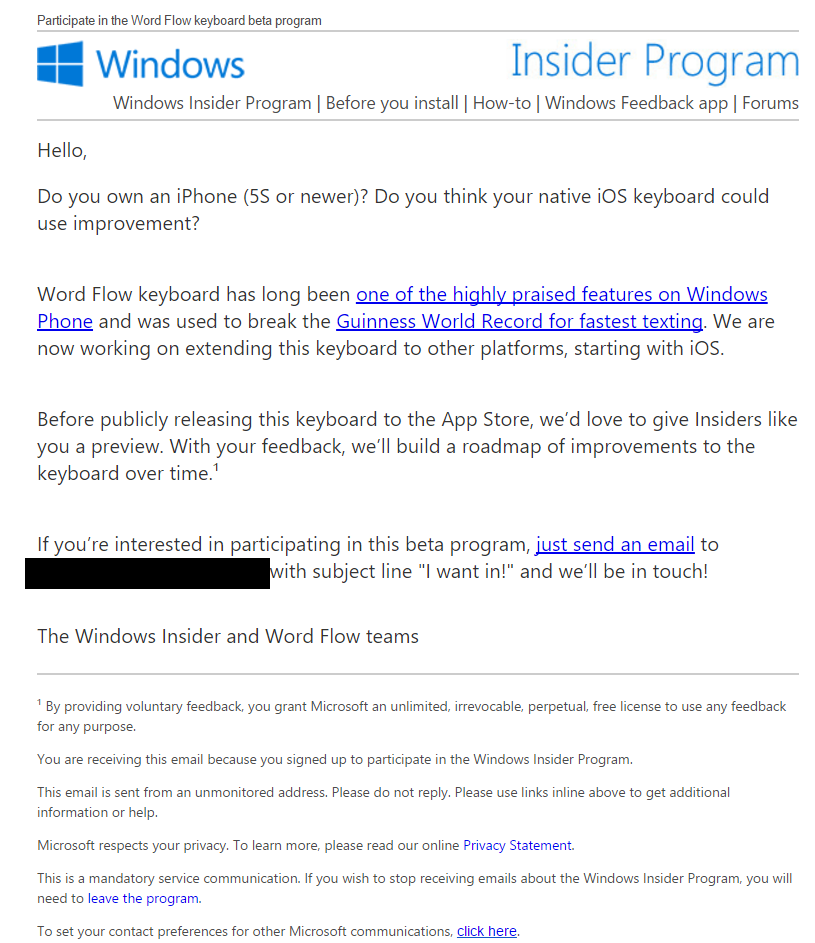

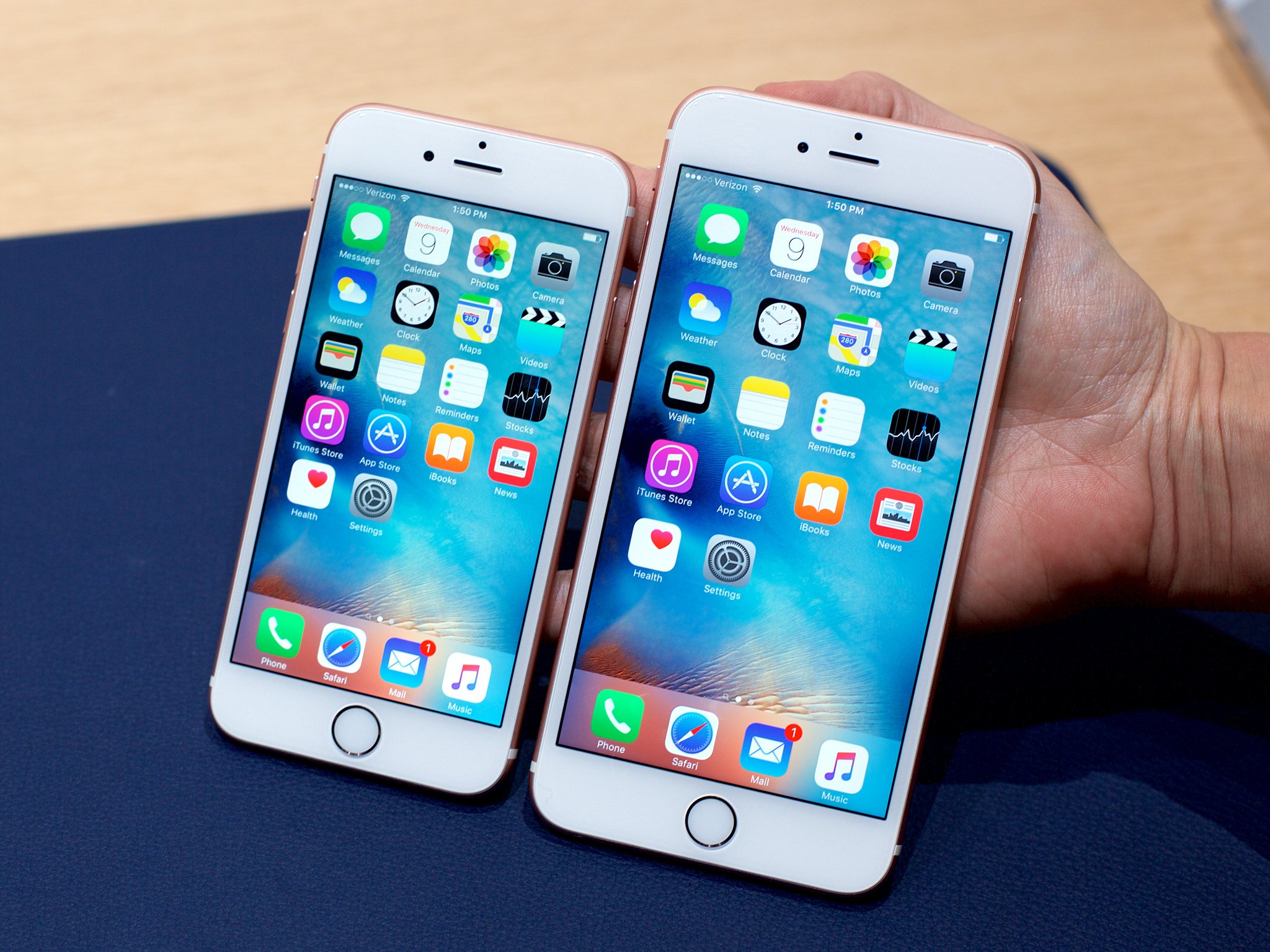




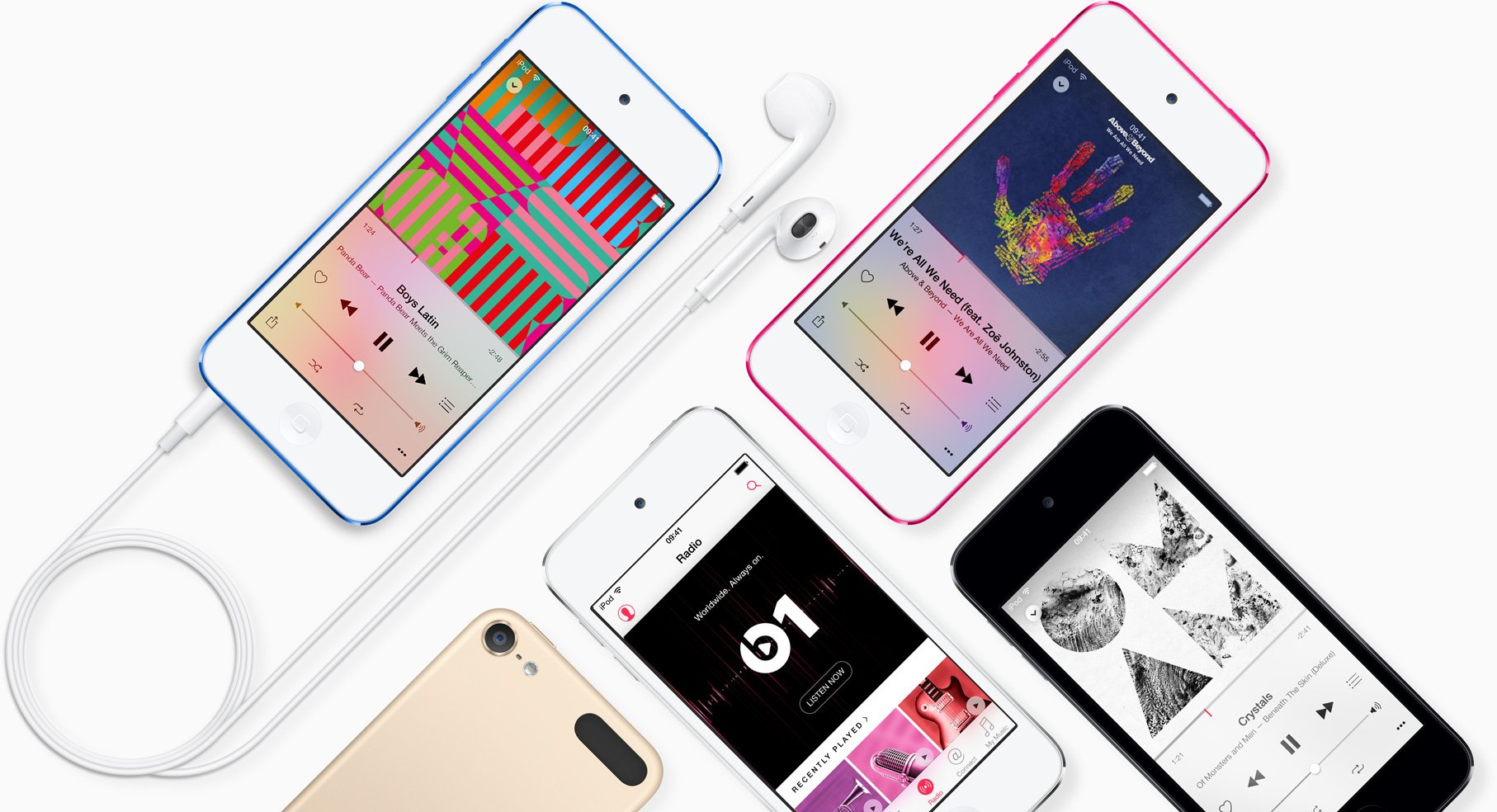





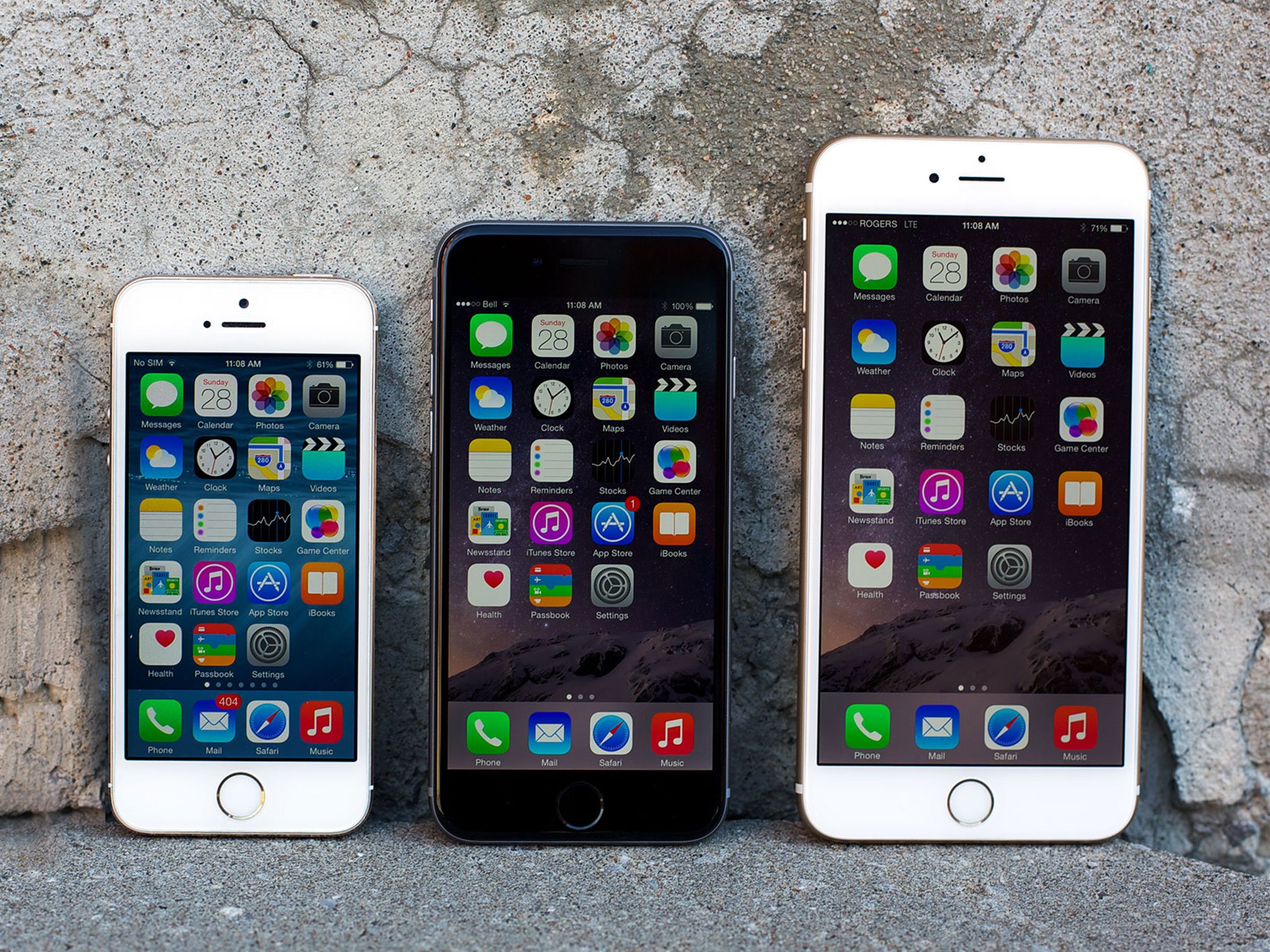


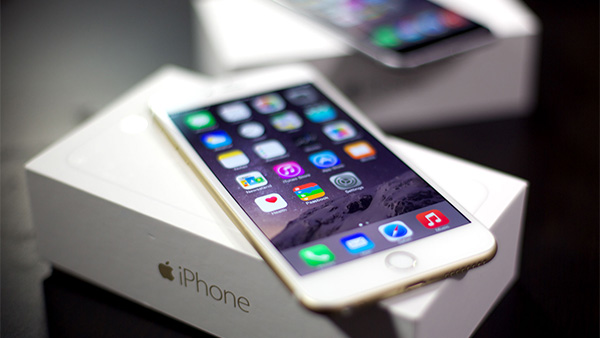



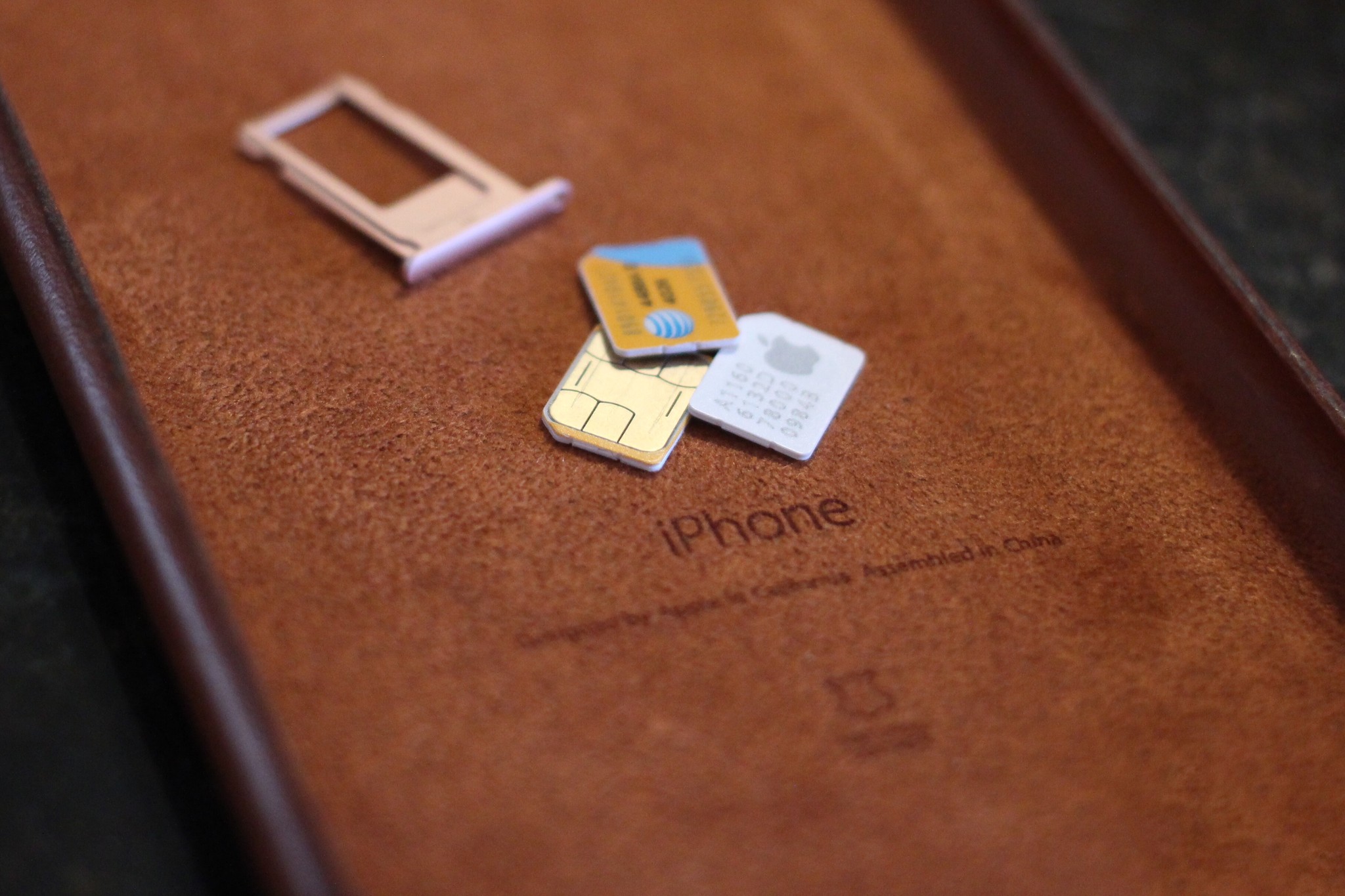 SIM cards have evolved a lot over the years. While they have maintained a relative thickness of just under 1mm, their surface area has steadily decreased, from the credit card-sized plates used in the earliest cellphones to the nanoSIMs of today's devices.
SIM cards have evolved a lot over the years. While they have maintained a relative thickness of just under 1mm, their surface area has steadily decreased, from the credit card-sized plates used in the earliest cellphones to the nanoSIMs of today's devices.